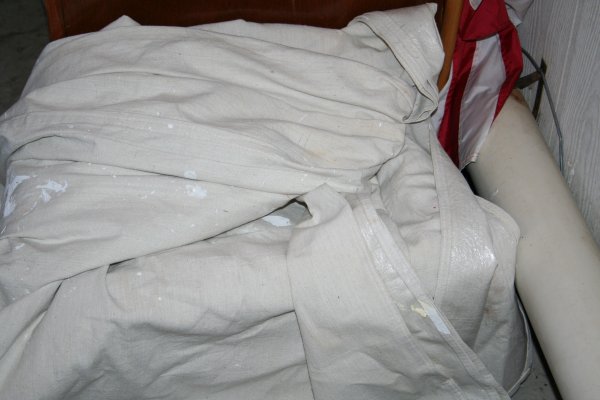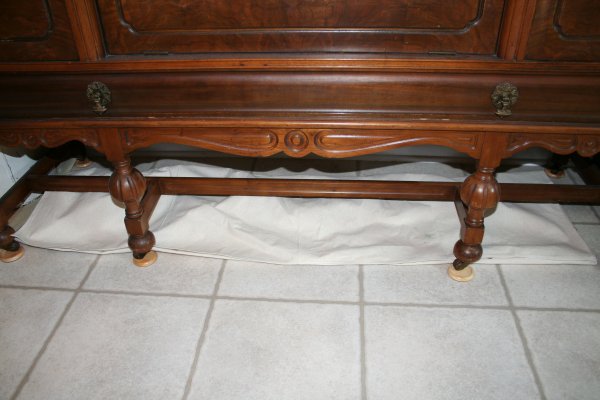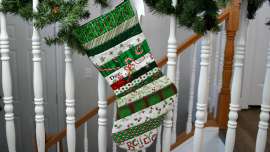Where we live in northwest Georgia, our winters are usually fairly mild and over-wintering vegetables can be a challenge. Our rental house has a cement slab foundation, so we don’t have a basement where we could build even a temporary cold room for storing them. But over the past few years of living here, we’ve experimented and come up with some solutions that have worked for us.
And while I know that for most people in the northern hemisphere the growing season is just starting, it never hurts to think ahead to how you might store extra vegetables to get you through this coming winter. And perhaps someone in the southern hemisphere might be able to adapt our method to their own needs as their winter approaches.
Red and white potatoes and onions get stored in the garage. I wait until late in the fall, when the night time temperatures drop and the garage stays cold during the day. Then I head to the farmers’ market and pick up 50 lbs of onions, 50 lbs of red potatoes and 100 lbs of white potatoes.
We divide the onions up into smaller mesh bags that we’ve saved for this purpose.
And then the bags are hung from a metal pole Dave has suspended from the ceiling of the garage.
The red and white potatoes are stored in plastic milk crates to allow for air circulation.
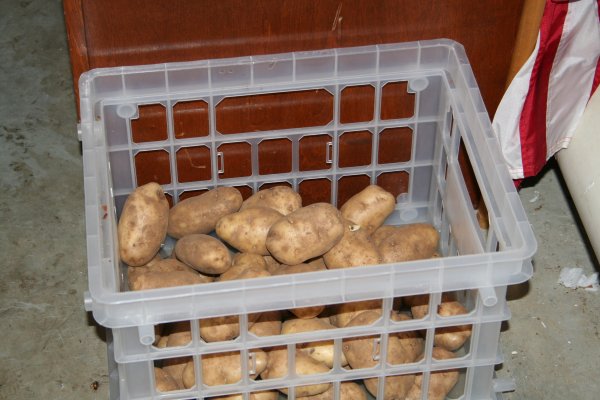
Then those are covered all the way around with a heavy tarp to keep out light.
By early December, the garage would be too cold for sweet potatoes and squash, so they are stored in the house on the floor under the sideboard in the dining room. Our kitchen/dining room floor is always cold in the winter because of that cement slab foundation. It’s not comfortable on the feet, but has proven to be just the right temperature for the sweet potatoes and squash. They are placed on a paint tarp to keep them from direct contact with the floor (if one goes bad, I don’t want it staining the lino.)
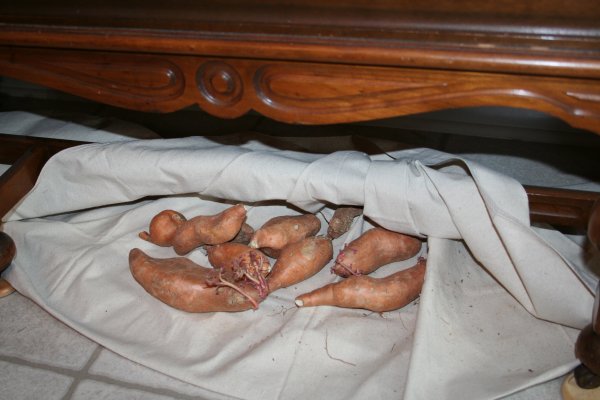
Then the tarp is draped over top of them to keep them in the dark.
In this way, we’ve been able to over-winter potatoes and onions from late November until about the end of March. This year the sweet potatoes and squash lasted from the beginning of November to the end of April. They might even have lasted a little longer but we ran out.
It’s been great to be able to buy these vegetables in the fall when they’re the least expensive and have them available throughout the winter when prices are at their highest.







